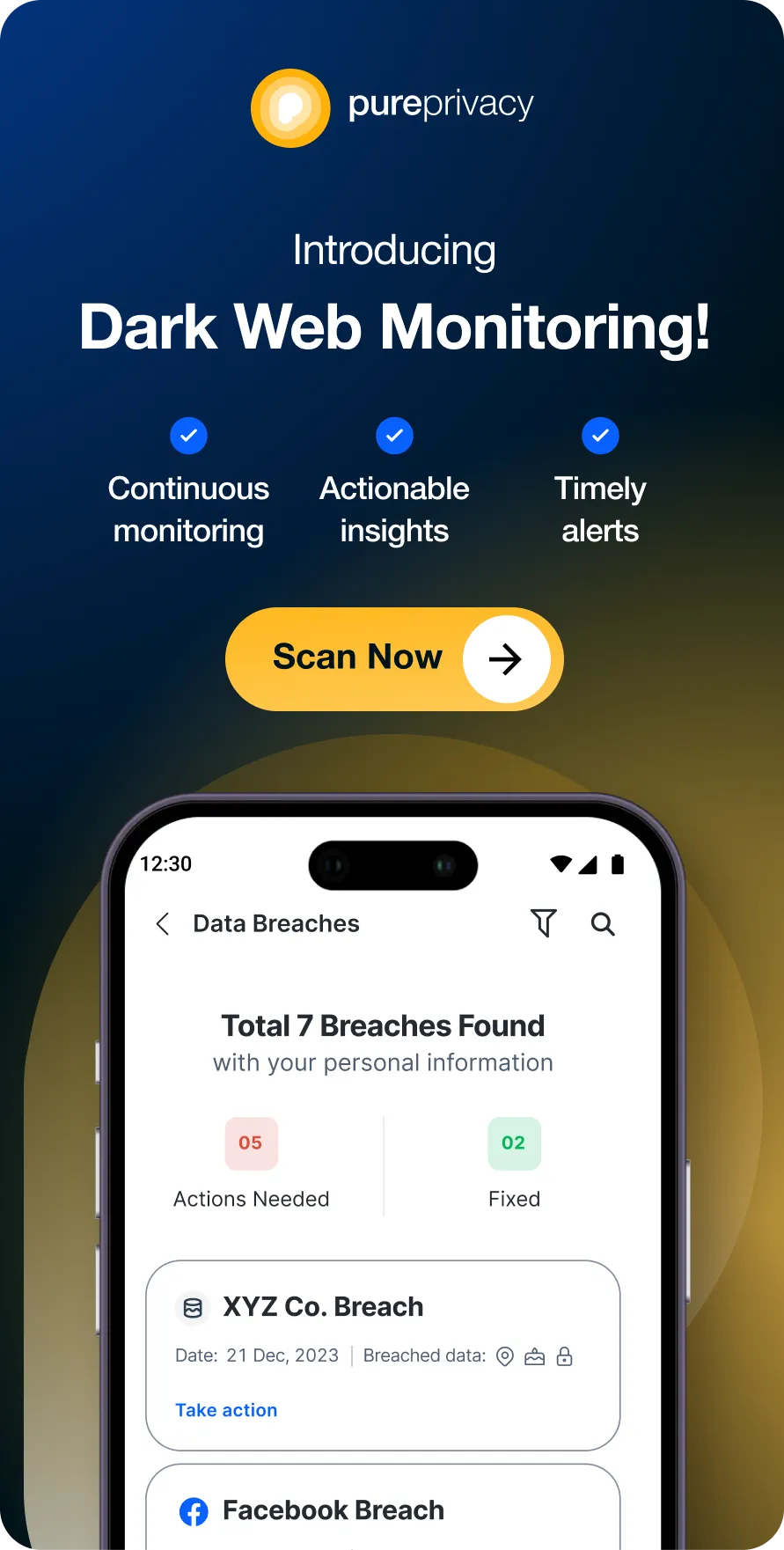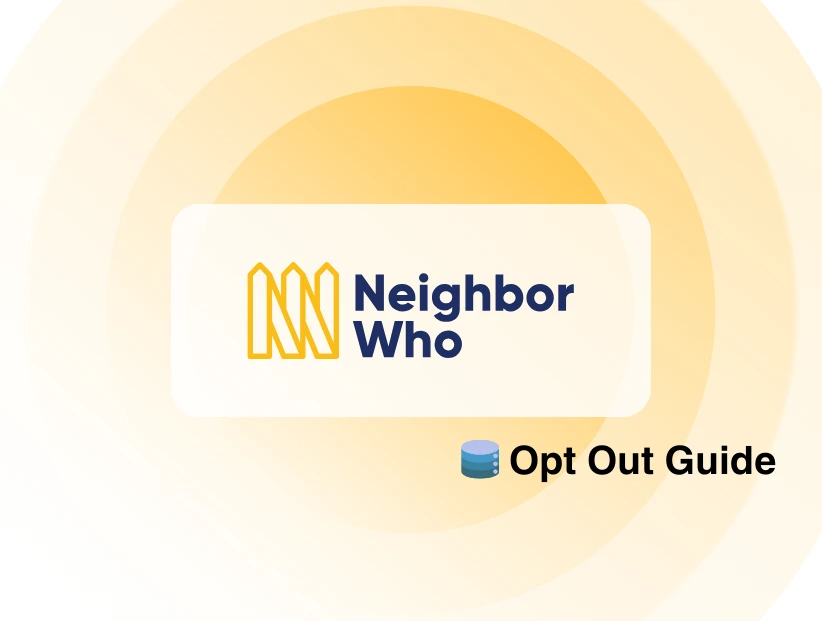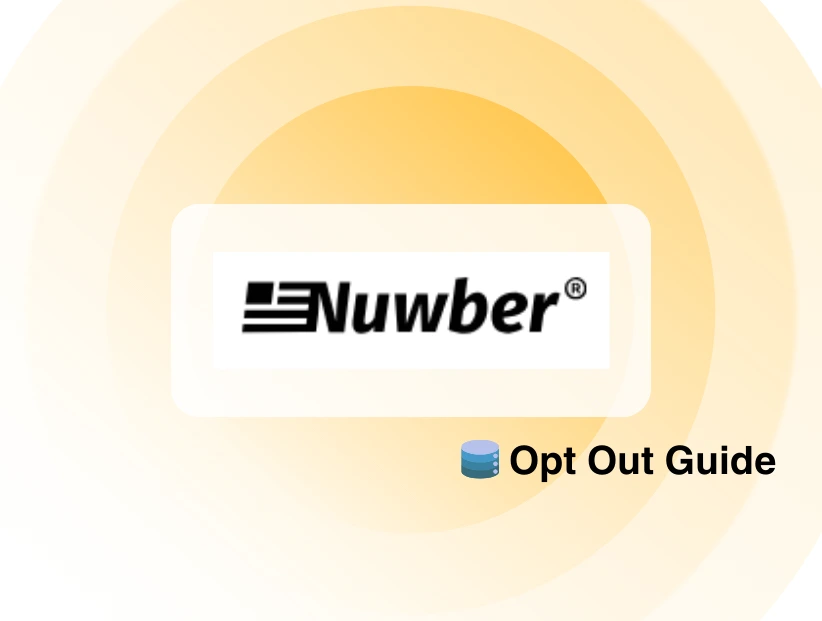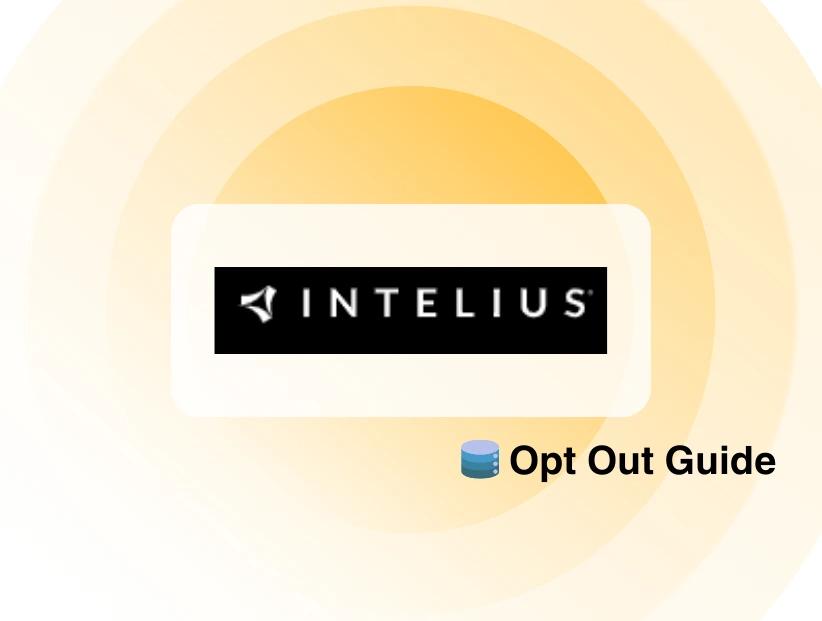Experiencing interruptions of video playback, image or audio becomes stuck, unresponsive, or completely stops? That’s frustrating if you are in the middle of your favorite show on Netflix. High demand during peak hours, too many devices using the same account, and ISPs who restrict your smooth streaming could be the reason. Port forwarding Netflix can help! Let’s discuss how.
What is Port Forwarding?
Port forwarding is a networking technique that allows devices and servers outside a private network to access applications, services, or devices running inside that network.
When you stream on Netflix, your device continuously sends data requests to Netflix's servers. Port forwarding ensures these requests follow a direct path, bypass firewall restrictions, and create a smoother and more efficient data flow between your device and Netflix's servers.
Can Opening Ports Help Streaming Seamlessly
Streaming services like Netflix need fast and consistent data transmission to ensure smooth playback without interruptions. Port forwarding is a powerful tool to enhance your streaming experience by optimizing data flow in several ways:
- Port forwarding guarantees that signals go straight between your device and Netflix's servers.
- It greatly reduces latency and facilitates smooth streaming and fast video loading.
- Port forwarding makes your connection efficient by allocating dedicated ports to handle Netflix traffic.
- It minimizes disruptions like freezing or buffering, even during peak internet usage times.
What Ports Does Netflix Use?
Netflix traffic operates on standard internet ports. Knowing these can help you configure your router correctly:
- TCP Ports: 80, 443 (standard for web traffic)
- UDP Ports: 53 and 123
Check Netflix’s official support page or your router’s manual for updates on specific port requirements.
How to Check Your Router for Netflix Port Forwarding Capabilities
Before you begin, confirm whether your router supports Netflix port forwarding. Here’s how you can make it:
Log in to Your Router:
Enter your router’s IP address (usually 192.168.1.1 or 192.168.0.1) into a browser.
Access Advanced Settings:
Look for sections labeled "Port Forwarding," "Applications," or "NAT Settings."
Verify Options:
Ensure the router lets you add custom port rules. Older models may lack this feature.
If your router doesn’t support port forwarding, consider upgrading to a more advanced model.
How to Enable Netflix Port Forwarding Manually
Follow these steps to set up Netflix port forwarding on your router:
Step-1: Log in to Your Router by using your credentials to access the admin panel.
Step-2: Find Port Forwarding Settings by Navigating to "Port Forwarding" or "Virtual Server."
Step-3: Creating a New Rule using:
- Service Name: Label it “Netflix port forwarding” for easy identification.
- Internal IP Address: Enter the IP address of your streaming device.
- Port Range: Input Netflix’s specific ports (e.g., 45000-65535).
- Protocol: Select “TCP,” “UDP,” or both.
Step-4: Finally Save and Apply the changes and restart your router if required.
Additionally, test the setup by launching Netflix and checking if freezing issues are resolved or not.
How to Test Your Connection After Setting Up Port Forwarding
Testing your port forwarding setup is important to make sure it’s working correctly and improving your connection. Here’s a simple way to check it:
- Run a Streaming Test
Play a video on Netflix to see how it performs. If you still notice freezing or buffering, your setup might need some adjustments.
- Check If Ports Are Open
Use free online tools like “CanYouSeeMe” or “Port Checker.” These tools let you enter the port numbers you’ve set up to see if they are open and working as expected.
- Monitor Your Speed
Check how fast your internet is working with tools like Netflix’s Fast.com or any speed test app.
If speeds are low, it might mean your network is still experiencing issues.
- Inspect Router Logs
Many routers have a section called “Status” or “System Logs.” Look there to see if any errors or blocked ports are reported. If you spot issues, you may need to recheck your port forwarding rules.
By running these simple tests, you can confirm that your port forwarding setup is properly boosting your Netflix streaming experience and not leaving any loose ends.
Why Does Your ISP Use CGNAT?
CGNAT is implemented by your ISPs to conserve IPv4 addresses. With the depletion of IPv4 addresses, CGNAT allows multiple devices on a home or business network to share a single public IP address. If your ISP uses CGNAT, normal port forwarding won’t work unless you take extra steps, like asking for a dedicated IP or switching to IPv6. It’s a roadblock, but there are ways around it!
How to Open Ports Behind CGNAT
CGNAT can hinder activities like port forwarding, online gaming, and remote access, as it complicates direct connections by assigning the same public IP to multiple devices. PureVPN provides a hassle-free and secure way to open ports for smooth streaming, better online gaming, and efficient remote connections.
- Click "Apply Settings" to lock in your changes. connections!
- Head to the PureVPN Members Area and log in.
- Click on the "Subscription" section to access your account details.
- Look for the "Configure" option to tweak your settings.
- Choose the ports you need (TCP, UDP, or both).
- Click "Apply Settings" to lock in your changes.
Frequently Asked Questions (FAQs)
-
Can port forwarding fix all Netflix freezing issues?

No, even while port forwarding can help, other factors like your ISP reducing speeds, poor WiFi signals, or even technical problems on Netflix could cause delays.
-
Do I need technical knowledge to set up port forwarding?

Basic familiarity with router settings is sufficient, but sometimes you might get into technical settings if you have misconfigured port forwarding. It is always a better idea to use PureVPN’s port forwarding add-on to open ports securely.
-
Will port forwarding affect other devices?

No, it only impacts the device and ports specified during setup. Other devices on the same network will not be affected.
-
Can I use a mobile hotspot for Netflix with port forwarding?

No, you cannot use a mobile hotspot for Netflix with port forwarding as mobile hotspots are typically designed for outbound traffic only, plus they do not have the same routing capabilities as traditional routers.
In a Nutshell
Port forwarding can minimize Netflix disruptions like freezing or buffering, even during peak internet usage times. However, it's important to consider that your ISP throttling speeds, weak WiFi signals, or technical problems need to be fixed too. Try PureVPN’s port forwarding add-on as an easy port forwarding option.





